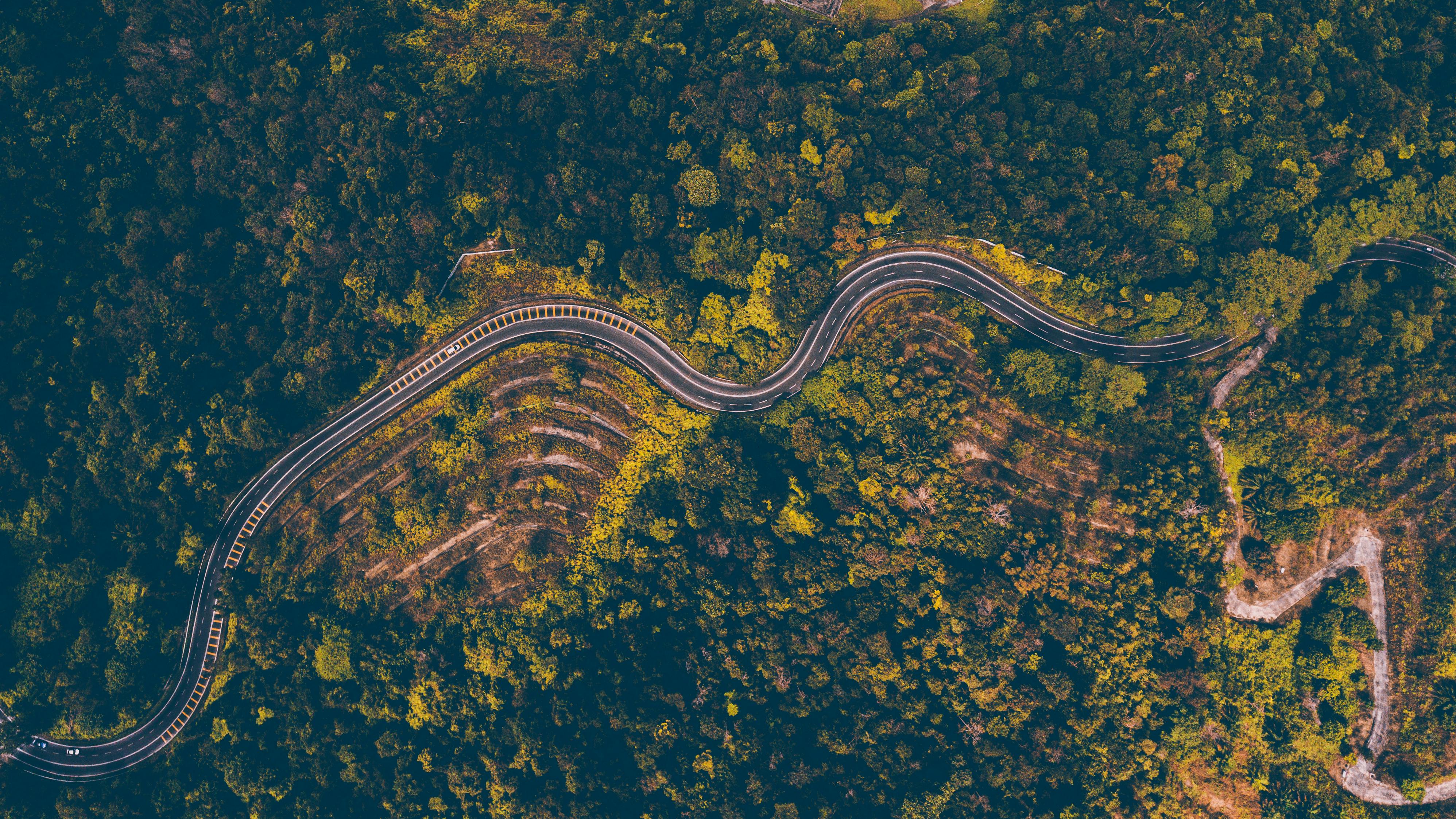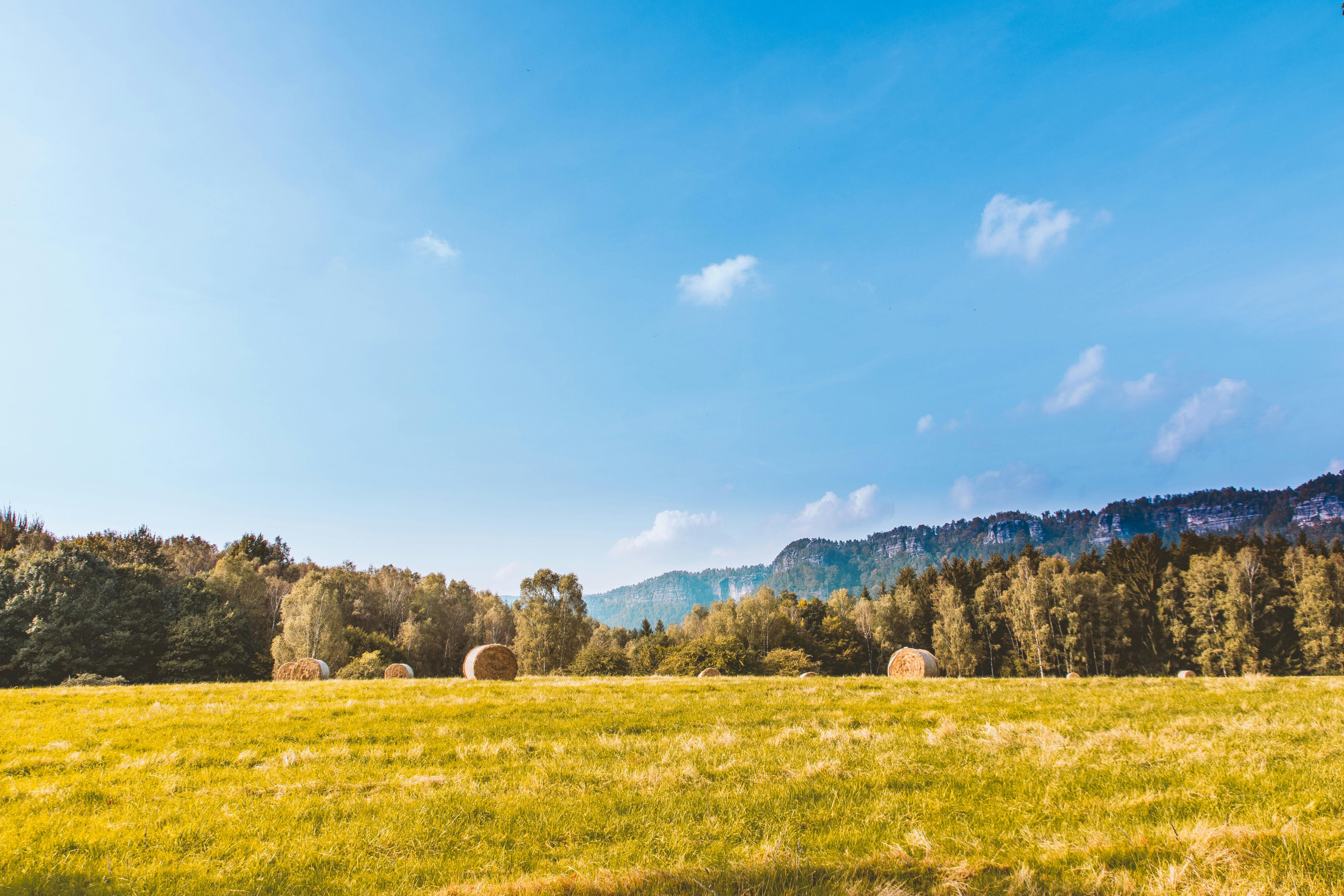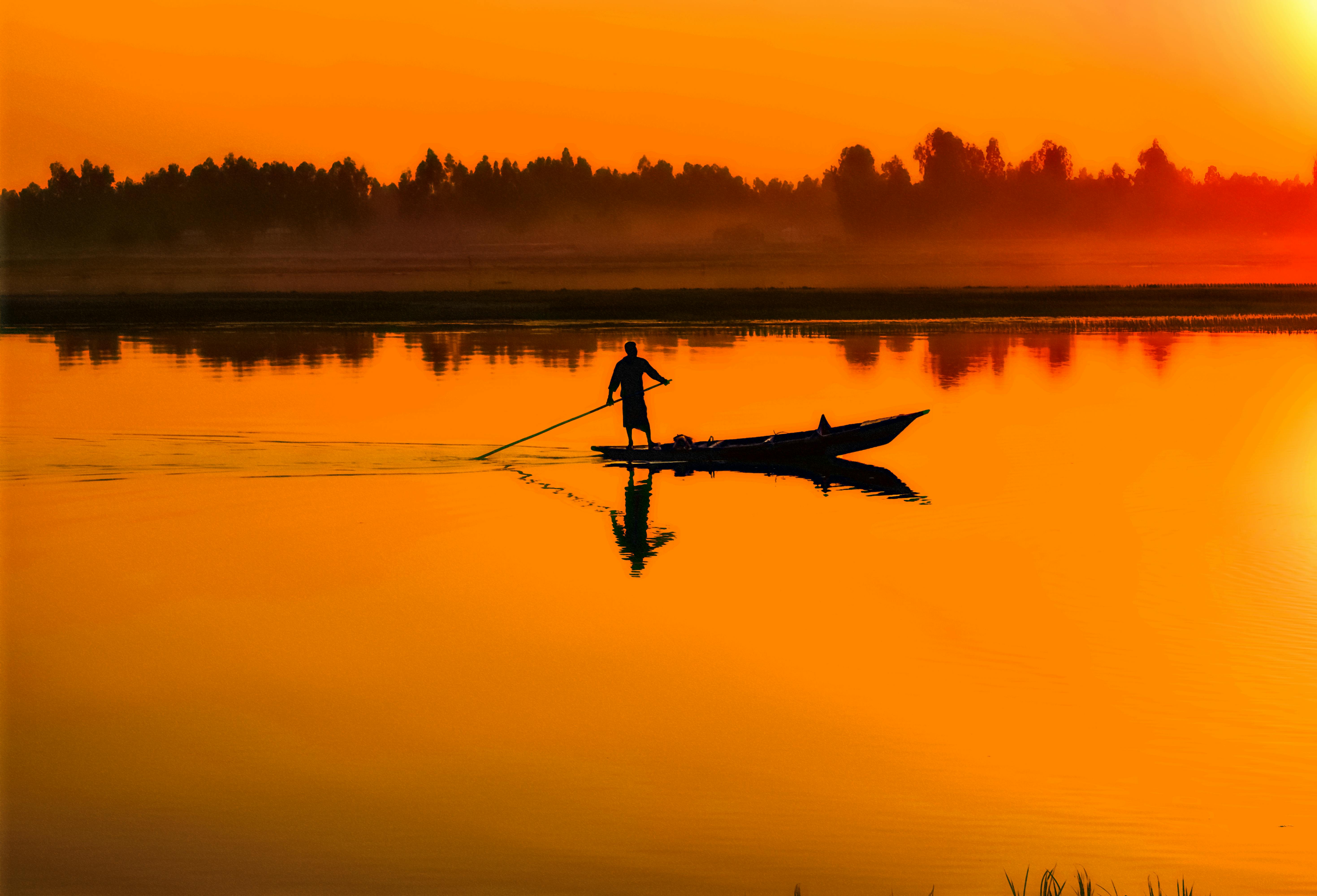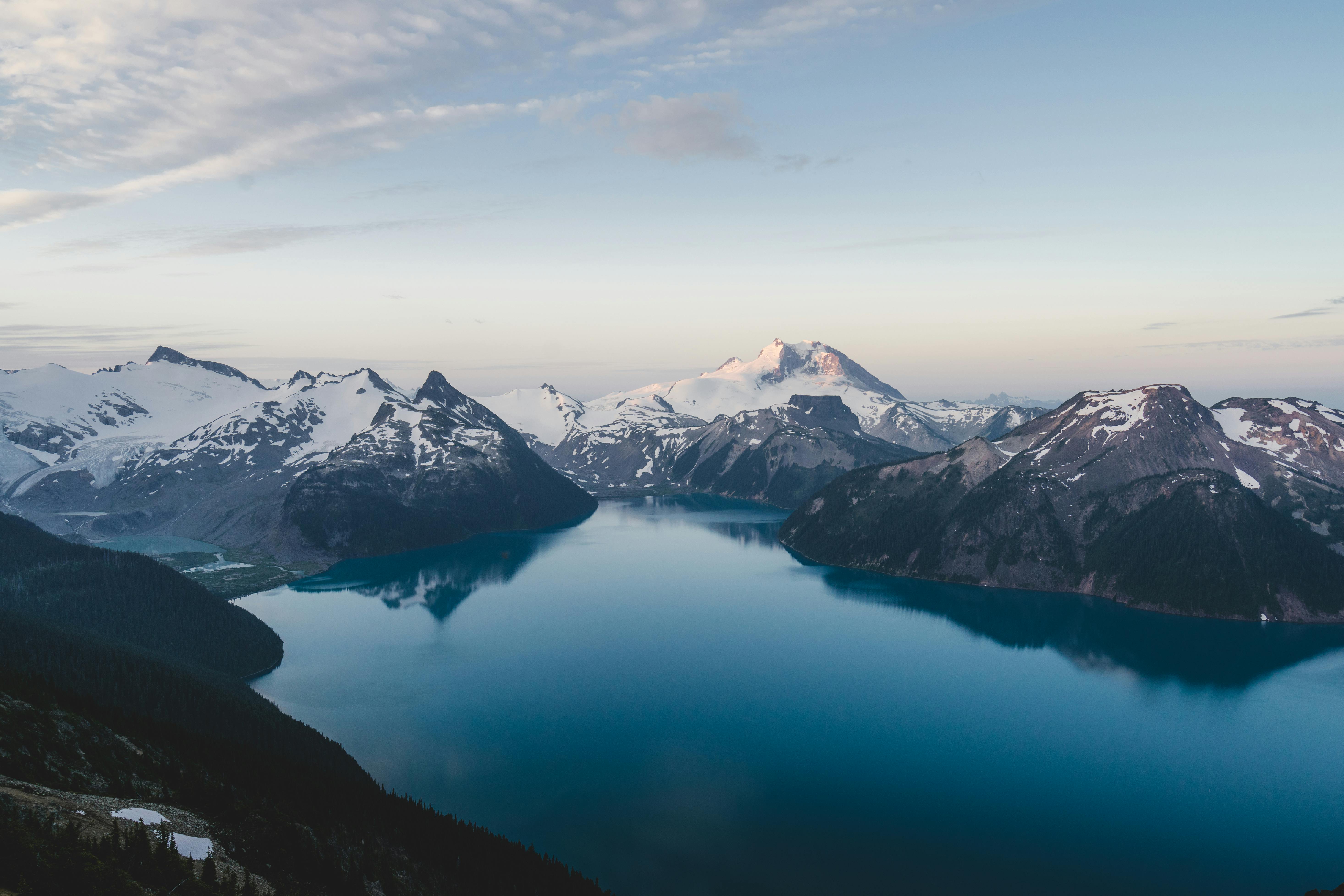The trip and some highlights…
Ecotourism as we know it in the Ixtlán district of the Sierra Norte may never reach the Mixe due to their distance from Oaxaca City, among other factors. However, the Mixe still has many of the trappings that appeal to travelers who want to get away from city life and see different, more natural places. In terms of material culture, the district may be superior. Best handled as a two-day excursion, the trip certainly has much to offer beginning at the start of your ascent through Oaxaca’s central valleys.
What awaits you if you venture with your own vehicle or a rental vehicle for this 280-kilometre trek (round trip), are cave paintings; cascading springs; foods so fresh that roadside restaurants don’t need refrigeration; markets; byproducts of the agave plant such as pulque and mezcal; pottery in a style and color not often found in the state capital; and, daily, women who wear unique regional costumes.
The trip itself, with no stops or side trips, takes over 3 hours, starting in Oaxaca and ending in the recommended final destination of Santa María Tlahuitoltepec. But it’s the journey that has much of the appeal.
Driving from Oaxaca to San Lorenzo Albarradas, situated on the cusp of the Mixe, takes about an hour and can be accessed by continuing on Highway 190 past Mitla. The first sight of interest is Xaagá, a small town whose main industry is scarves, shawls and cotton looms, as well as shirts and blouses, all sold wholesale to intermediaries or merchants with stalls in Mitla, Tlacolula, the Tule or Oaxaca. . Xaaga is also known for its cave paintings from 3,000 to 10,000 years old. For between 50 and 100 pesos you can hire a local to guide you to them. The last few meters of the hike are a tough climb, so wear walking boots or running shoes. Even if you don’t do the final stretch, the drawings will be quite close to you and easy to photograph. You can continue along the dirt road from Xaagá to the bubbling springs and “cascades” of mineral deposits at Hierve el Agua. Ideal for swimming, in one of the two pools that reach just over 6′. Unless you’re starting fairly early, it’s recommended that you stop at only one of these two sights, perhaps saving the other for the return trip, depending on time available. If it is Hierve el Agua, it is better to take the alternative route back to Highway 190, especially during the rainy season, and in view of the ongoing dispute (just one inconvenience) between two towns claiming the right to collect a tourist entrance fee. .
Back on Highway 190, after about 10 minutes, you’ll pass San José del Paso on the left, another marginal community whose residents make a modest living producing cotton textiles. A few minutes later you will find two quaint mezcal “factories” directly across from each other, much more rustic and traditional than the larger commercial facilities catering to tourists, one encounters on the way to Mitla. In short, one of the two small facilities will be in full production, with the ability to witness a couple of steps in the process, whether it be the agave being baked in an underground oven, a mule grinding the cooked by-product, fermentation in pine vats, or the wood-fired alembic with the purest mezcal dripping into a plastic or copper container.
If you miss the process, about 10 minutes further down the road, just before the San Lorenzo Albarradas turnoff, on the left you will find another mezcal factory, this one with a combined restaurant called Comedor El Tigre. No electricity and no refrigeration. Unnecessary. A very friendly family owns the place. Don’t wait for a menu, but for her mother-in-law or daughter-in-law to rhyme what is available for breakfast or lunch: memelitas, quesadillas, eggs on the comal, eggs with chorizo, roasted chorizo, jerky, cecina or a daily stew. All safe. Served with beans, and of course salsa freshly made before your eyes and served in your molcajete. Perhaps best of all, being able to lift a tortilla right off the griddle over an open flame.
Approximately one kilometer from the road you will find a sign that indicates to the right Hierve el Agua (by the alternative route). The last 15 minutes of the trip to Hierve el Agua are by dirt road, but a new paved road is being cut through the mountain range.
Until this moment of the trip, the vegetation, from the approach to Mitla, has been mixed scrub, cacti and some cultivated crops, predominantly agave.
Back on the main road, the next hour is gradually spent climbing Ayutla, the first town of importance in the Mixe. Vegetation rapidly changes from agave to pine and other conifers, and building construction from brick to wood. Large bags of pine charcoal for sale dot the roadsides. As you approach Ayutla, on your left you will discover the first of two or three pottery shops. Stop by, do some shopping, or just make a mental note of the prices as you’ll be passing another later and can always come back to this one on the return trip.
You will also begin to see trout hatcheries, with large artificial tanks fed by a continuous flow of fresh water from the highest springs. These are not for fishing, but for buying fresh fish to take home or eat at an adjoining restaurant. On this trip we spend the night at the “Tek” Hotel Restaurant, located on the left, just after the Epazote Restaurant. “Tek” served the best trout my wife has ever eaten, baked in a large aromatic sheet and sealed in foil, stuffed with melted quesillo, tomato, chili and other spices, and topped with chipotle mayonnaise. The hotel, supposedly the best the city has to offer, was basic in the extreme, with a shared bathroom. Take your own sheets and pillowcases. However, for 200 pesos a night for a couple, it was hard to complain. Dinner for two with a couple of shots of mezcal, a beer and bottled water came out at 126 pesos.
On that particular Saturday, there were bareback horse races on the outskirts of town, in a valley dotted with freshwater pools suitable for family swimming. Our hotel hosts were kind enough to take us to the races. Unfortunately, the main sight of the town, the springs which are apparently in quite a picturesque setting, were inaccessible as a result of a water rights dispute between this town and that of the town up the road, Tamazulapan del Espiritu Santo. Sounds familiar, doesn’t it?
Tamazulapan is about a 15-minute drive from Ayutla. As you approach the village, on the left you will see another terracotta pottery shop. The owner and her children are very nice and, in fact, offered to take us to a nearby town where pottery is formed and fired. She also walked us to the market, showing us around and asking us to make sure we didn’t miss the pulque festival scheduled for later that Sunday.
Here you are finally in the heart of Mixe country and you will see women dressed in typical attire consisting of a dark overcoat on the head, white blouse in one of a variety of styles and embroidered with telltale stitches, and either a long dark or white with embroidered skirt with a palm leaf wrap-around belt on which a second colored embroidered cotton red belt is tied.
Until recently there was no market day in Tamazulapan, the townspeople flocked to Ayutla for their Sunday market. But now, as a result of the dispute, Tamazulapan has its own Sunday market. While traditional blouses can be purchased in town for a reasonable price if purchased from the women’s cooperative, there is a better selection further on in Santa María Tlahuitoltepec.
Tlahuitoltepec is about a 35-40 minute drive from Tamazulapan, the last 15 minutes or so on a dirt road, winding and dipping into the valley. Their market day is Saturday. The native clothing referred to above is made on ranches fairly close to town. If you are interested in seeing the production process, ask a resident and they will point you in the right direction. Here, as in the other market towns, you’ll find a drink made from fermented sugar cane and fresh pulque. Interestingly, mezcal isn’t made nearby, at least not that we know of, but pulque, which comes from a different variety of agave, the pulquero, is a common drink sold on the street and in markets. The reason is likely that the pulquero tolerates a cooler climate than the espadín variety of agave from which most mezcal is produced.
In any of the above three towns and villages you can walk through the countryside, meet the local residents and receive a warm welcome. They are not as used to meeting foreigners as those in the other districts of the Sierra Norte, and many struggle with Spanish. You will find that the further you venture into the Mixe, the gentler the people become, surprisingly more so than those found in the central valleys of Oaxaca.
The order of views described above is simply a function of starting in Oaxaca and arbitrarily listing the stops in the order that each town or city is initially located. Of course, design your own itinerary, consider market days, when you want to stop at which restaurant and to sleep, and most importantly, based on your particular interests, whether it’s shopping for handicrafts, hiking or just getting to know and maybe photograph the locals. people. We will no doubt be back on the Mixe, stopping at different places, veering off the highway to the smallest of hamlets, and surely going deeper into the district, finally reaching Santiago Zacatepec.




